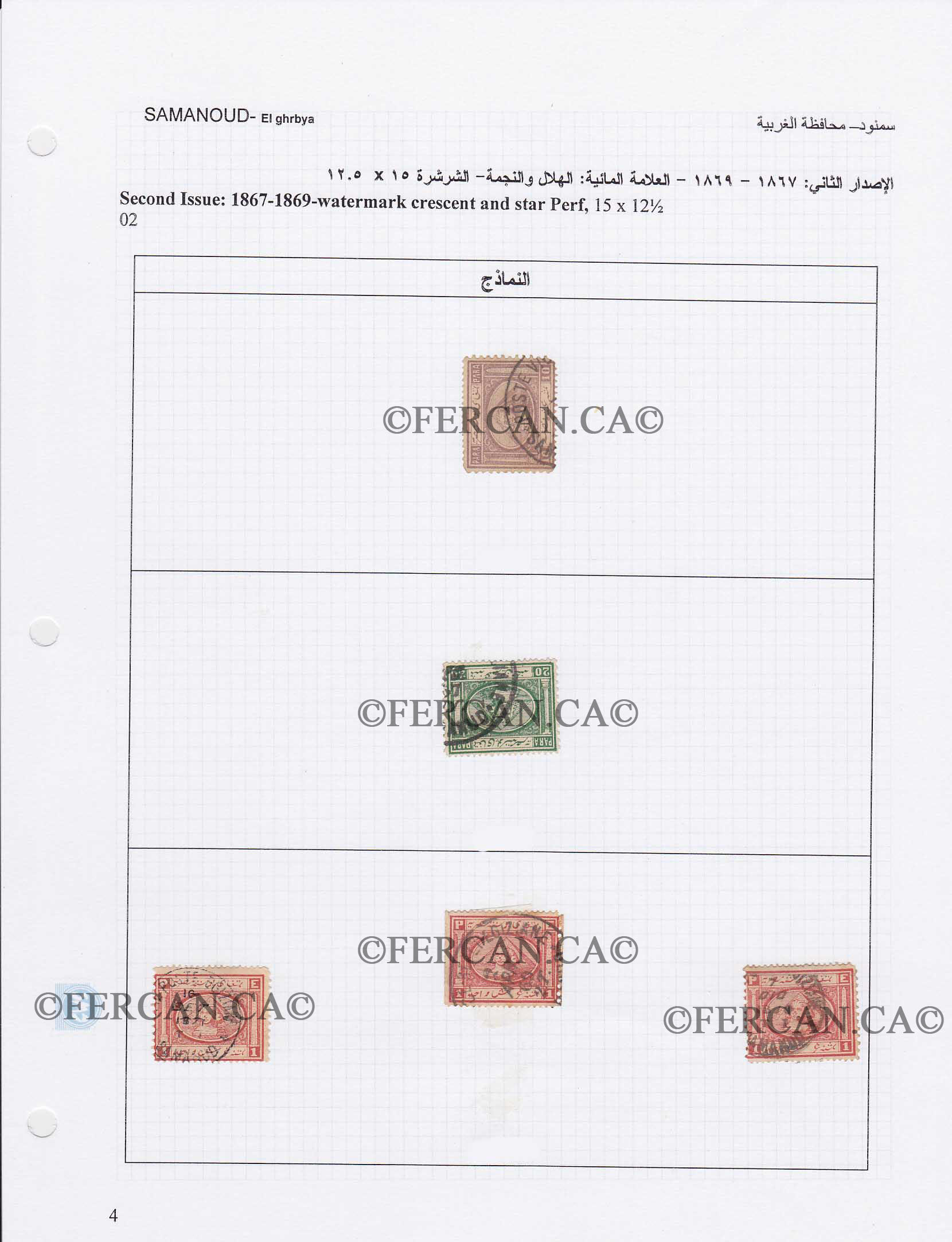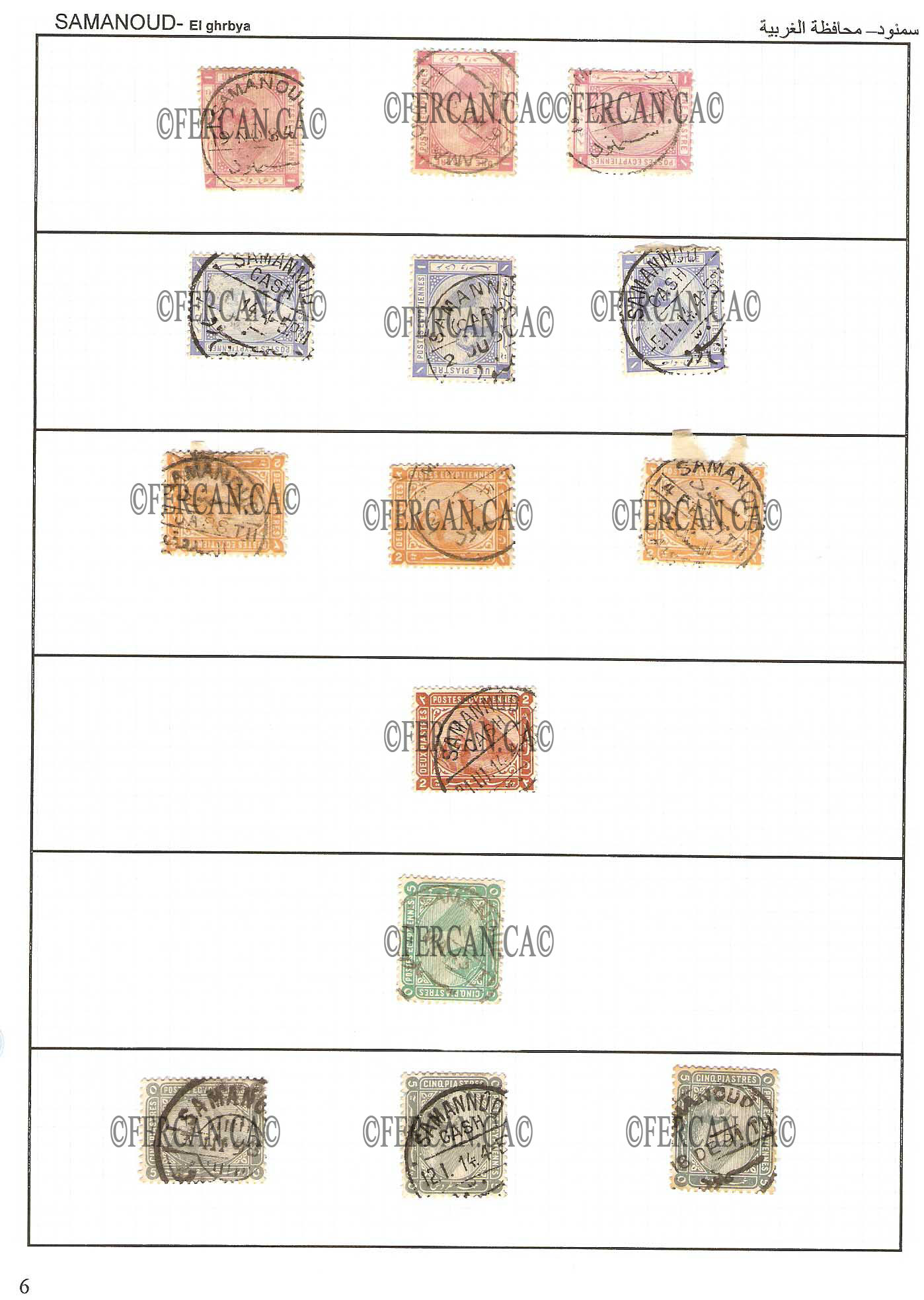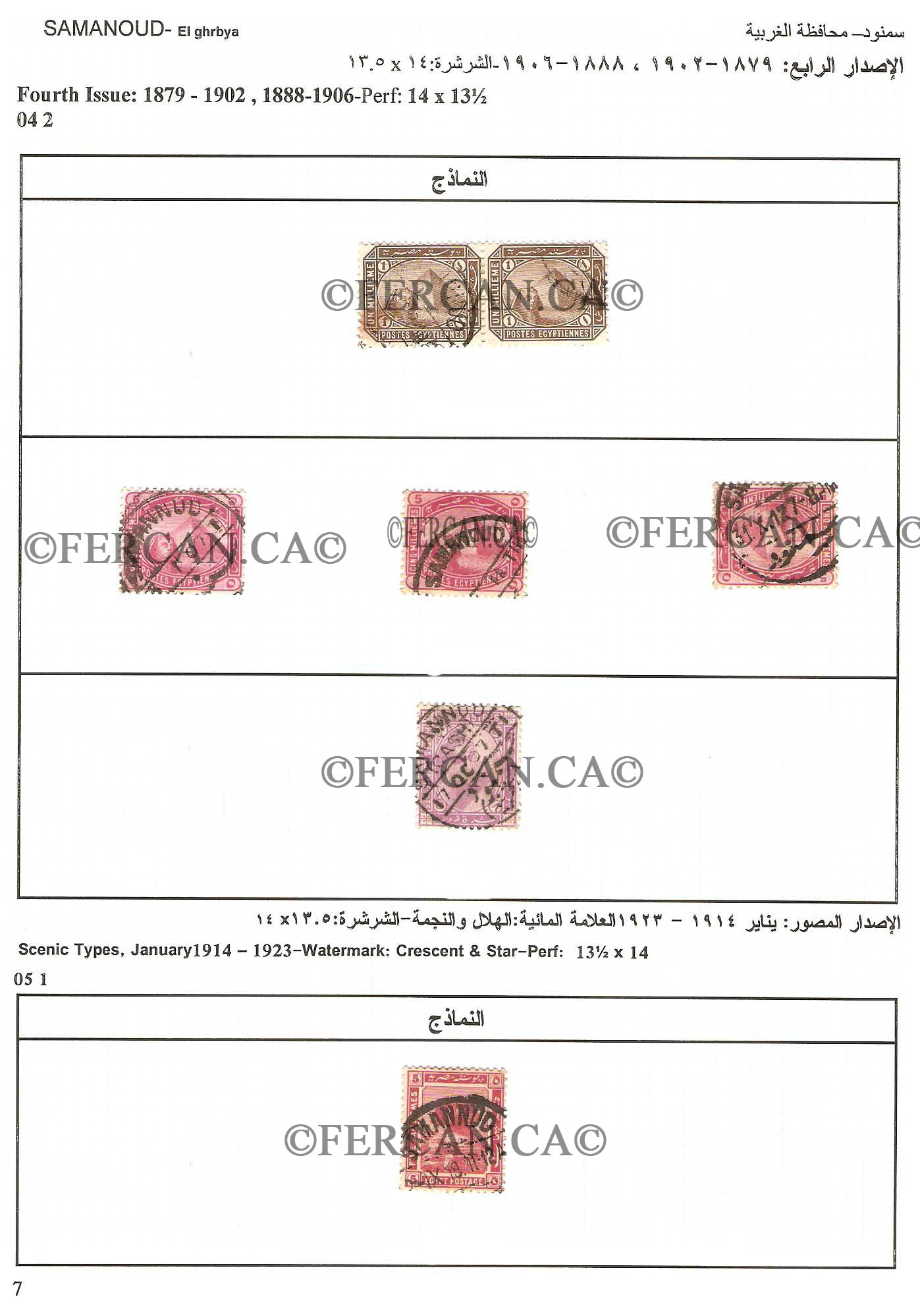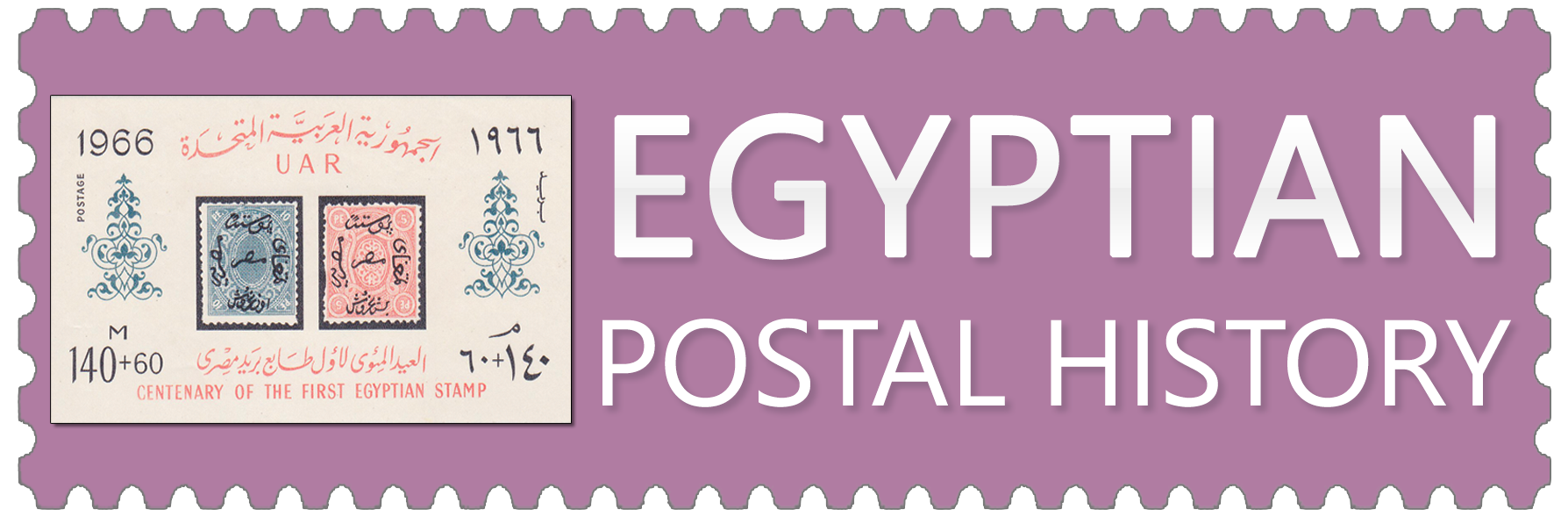Samanoud was the capital of the 30th Family in Old Egypt, and was known as Thab Nathr, which means The Hill of The Worshipped God. The ruins of Onorris Show Temple are still under the Central Hospital in Samanoud. The ruins were discovered during digging of the foundations for the hospital.
Instead of removing the ruins of the temple and handing them over to the Egyptian Antiquities organization, the officials completely ignored them and completed the building works, paying no attention to the great monuments in this city.
Samanoud is the home of the well-known Egyptian historian Maniton El-Samanoudi, who lived during the Thirtieth Dynasty, and wrote ‘The History of Egypt.’ Samanoud has many notable old buildings, such as the Salama Mosque, El-Motawalli Mosque, El-Khawas Mosque, Judge Bakkar Mosque and Judge Hussein Mosque, which are among the most important mosques in Samanoud. The oldest is Salama Mosque which was destroyed and rebuilt, but its old minaret still exists; it was built by Amr Ibn Al-Aas after the Islamic Conquest. The Minaret of the Grand Mosque in Kafr Hassan, a village that is part of Samanoud, was built by Muhammad Gabr Qasim in 1858, and is famous for its height and intricate design.
Samanoud is also the home of the Church of Martyr Abanoub. There is also the Samanoud Baths, which is also known as Ibrahim Serag Al-Din Baths.
Samanoud is famous for its distinguished geographical location, being situated on the banks of the Damietta Branch of the Nile. The inhabitants of Samanoud, together with the inhabitants of Mansoura, played an important role in fighting against the soldiers of the French Campaign.







